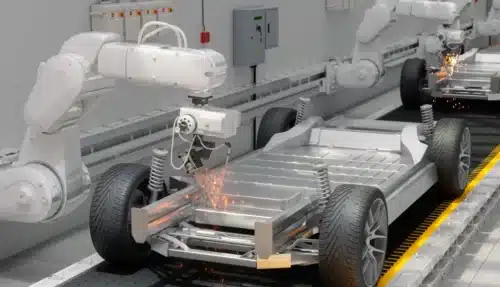The breakthrough in battery technology could double the range of electric vehicles, offering a potential 500 to 700 miles on a single charge.

Researchers at Stanford University have revealed a significant advancement in lithium metal battery technology, potentially enabling cars to cover 500 to 700 miles on a single charge, double the range of current lithium-ion batteries.
The major limitation of lithium metal batteries is their quick decline in energy storage capacity after only a few charge-discharge cycles, posing a significant issue for drivers of rechargeable electric vehicles who expect years of use.
The team’s breakthrough involves discharging the battery and letting it rest for a few hours. This simple technique turned out to be highly effective, revitalising battery capacity and improving performance without expensive equipment or material changes.
It’s important to differentiate between lithium metal and lithium-ion battery technologies. Lithium-ion batteries typically use graphite anodes and lithium metal oxide cathodes, with an electrolyte medium that allows lithium ions to move between them. In contrast, lithium metal batteries use electroplated lithium metal instead of graphite for the anode, significantly increasing energy storage capacity in the same volume.
The primary cause of this degradation is the formation of a solid electrolyte interphase (SEI) matrix, which captures isolated fragments of lithium metal during battery discharge.
Building on their prior research that showed the SEI matrix dissolves during periods when the battery is not in use, the team conducted a new experiment. They let the battery rest in a discharged state and witnessed an extraordinary event: the SEI matrix dissolved, leading to the revival of inactive lithium fragments.
The implications of this discovery are significant. Considering that the average American driver spends about an hour a day driving, the idea of letting a car battery rest for several hours is entirely practical. Additionally, adopting this approach does not require costly changes to manufacturing processes.
The breakthrough by the researchers provides a ray of hope, potentially signalling the dawn of a new era in electric mobility marked by unparalleled range and reliability.





